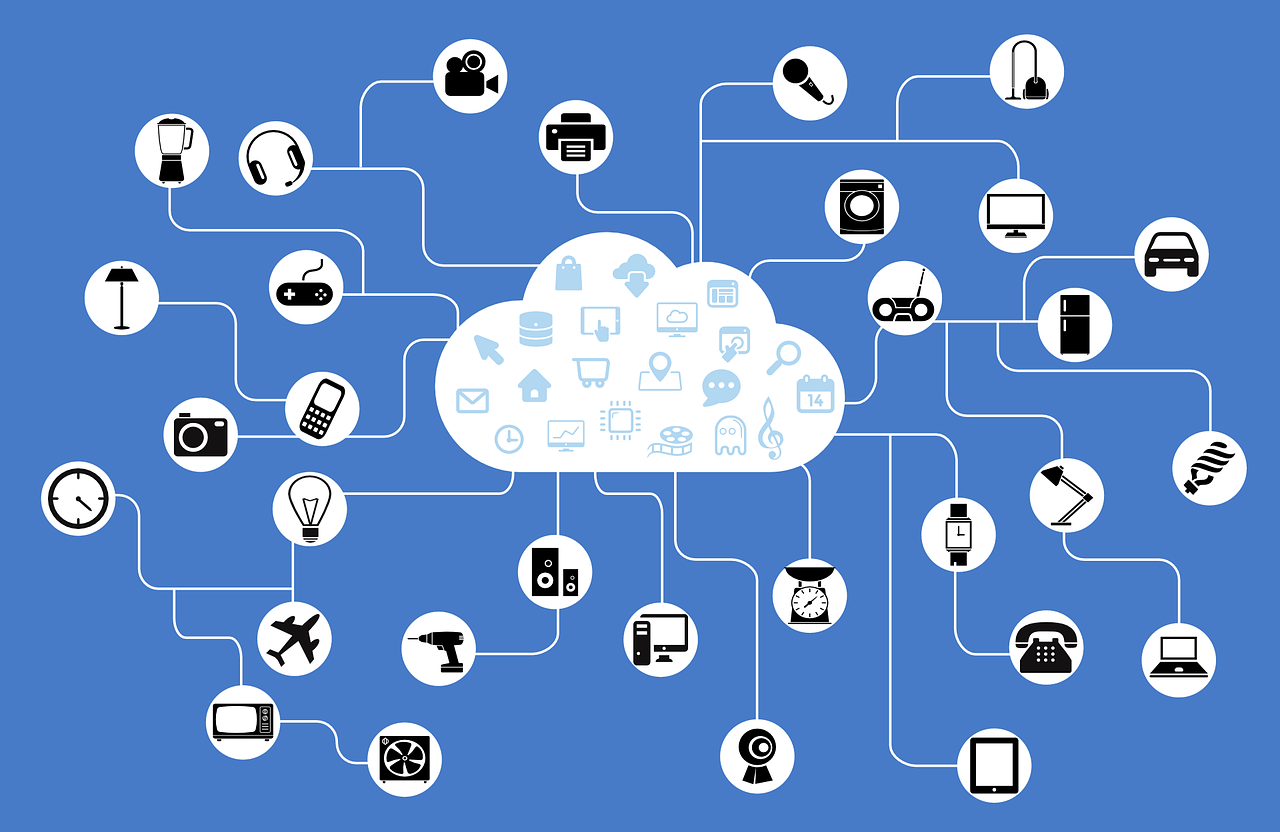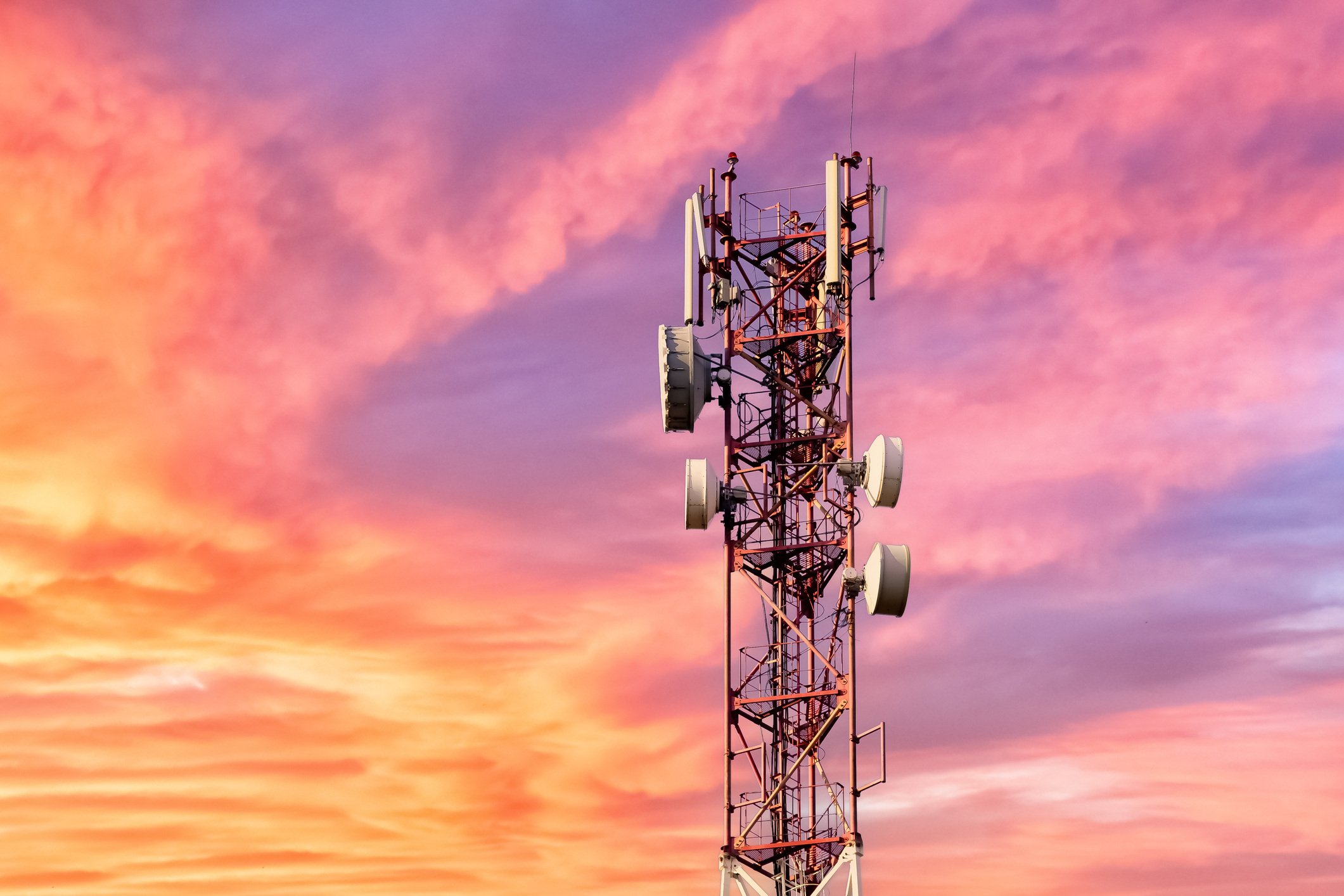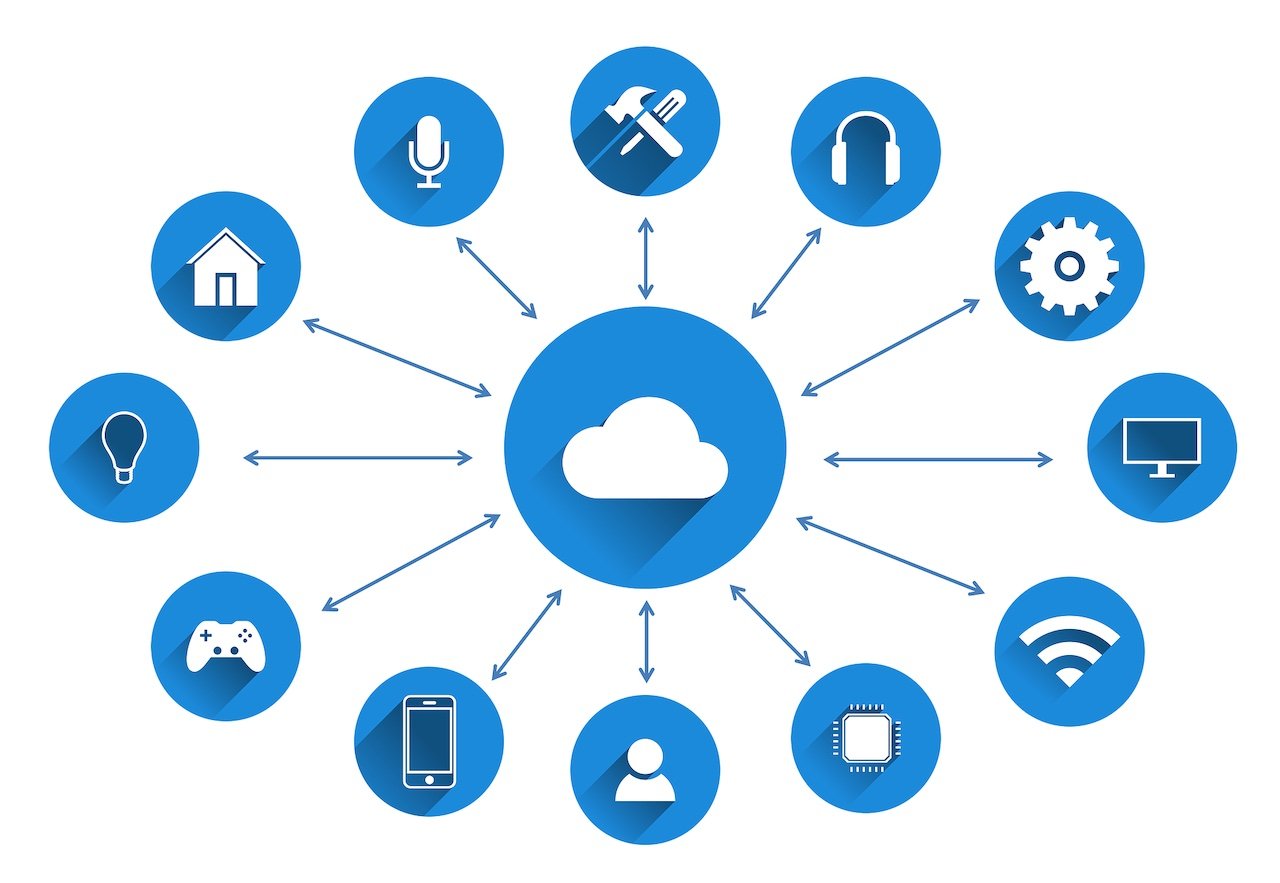
- April 2025 (1)
- March 2025 (2)
- February 2025 (1)
- December 2024 (2)
- November 2024 (2)
- August 2024 (2)
- June 2024 (3)
- May 2024 (3)
- April 2024 (1)
- March 2024 (3)
- February 2024 (2)
- January 2024 (2)
- December 2023 (1)
- November 2023 (2)
- October 2023 (2)
- September 2023 (1)
- August 2023 (1)
- July 2023 (2)
- June 2023 (3)
- May 2023 (2)
- April 2023 (1)
- March 2023 (4)
- February 2023 (1)
- January 2023 (2)
- November 2022 (2)
- October 2022 (1)
- September 2022 (1)
- August 2022 (2)
- July 2022 (2)
- June 2022 (2)
- May 2022 (1)
- April 2022 (3)
- March 2022 (1)
- February 2022 (3)
- January 2022 (2)
- December 2021 (1)
- November 2021 (1)
- October 2021 (2)
- September 2021 (3)
- August 2021 (1)
- July 2021 (4)
- June 2021 (1)
- May 2021 (2)
- April 2021 (2)
- March 2021 (2)
- February 2021 (3)
- January 2021 (3)
- December 2020 (1)
- October 2020 (1)
- August 2020 (1)
- August 2019 (1)
- January 2019 (2)
- September 2018 (5)
- June 2018 (1)
- November 2017 (1)
- September 2017 (1)
- July 2017 (1)
- May 2017 (1)
- January 2017 (1)
- October 2016 (2)
- August 2016 (1)
- July 2016 (1)
- June 2016 (1)
Subscribe by email
Choosing an IoT connectivity solution for your deployment can be daunting. As the IoT industry expands, so does the myriad of connectivity possibilities, with solutions like 5G, NB-IoT, and LTE-M emerging within the last decade.
The truth is there’s a lot at stake when choosing the right solution for your specific IoT application. Because connectivity provides the value of data transmission to and from IoT devices, it is a vital component of an IoT deployment. The connectivity solution that will optimize your IoT device’s functionality depends on factors such as its function, deployment location, and bandwidth requirements.
When it comes to navigating the complexities of IoT connectivity, Zipit Wireless stands out as a trusted partner with over a decade of industry experience. We guide OEMs to the right IoT connectivity solution for their projects and offer quality cellular connectivity from leading MNOs to ensure optimal device performance. In this article, we’ll guide you through 12 types of IoT connectivity, the process for evaluating them, and ideal use cases so your business can make the best decision for your IoT deployment.
What is IoT connectivity?
IoT connectivity refers to the technologies and infrastructure that allow physical devices to connect to the internet and exchange data. This connection enables device functionality and information sharing with other devices and applications.
In an IoT ecosystem, connectivity enables application data collected by sensors to be transmitted to the cloud (sometimes through a dedicated gateway device), where the data is then processed and returned as valuable insights for device users. IoT devices can communicate data via connectivity technologies like 4G or 5G cellular with existing infrastructure, or connectivity may require additional hardware, routers, or satellite dishes, as in the case of NB-IoT, Wi-Fi, and satellite.
Why is it important to choose the right IoT connectivity solution?
Not only does the right connectivity type improve your device’s functionality, but it can keep costs in check, accelerate deployment efforts, and increase your company’s scalability. An overdesigned connectivity solution can lead to ballooning costs and may quickly drain a device’s battery, whereas an underperforming solution may not allow the transmission speed, bandwidth, or range your solution requires. Both mistakes can be costly.
For instance, an environmental monitoring device requires a solution with low power consumption that can intermittently transmit small packets of data over a significant range. A solution like 5G cellular would quickly drain the device’s battery, and although it provides excellent latency and bandwidth, these are not priorities for an environmental monitoring device. A better choice may be NB-IoT, which transmits small amounts of data at low speeds and was specifically optimized to preserve device battery life.
How to choose an IoT connectivity solution
Given the diversity of IoT deployments, no single connectivity technology fits all requirements perfectly. Fortunately, your project does not need connectivity that excels in all areas–just the ones crucial to its function. Decide which of the following factors should be prioritized based on your device’s needs:
- Coverage: Consider whether the connectivity type provides coverage in all the locations where your device will be deployed.
- Bandwidth: Assess if the solution can accommodate the volume of data transmissions your device must send.
- Power consumption: Evaluate how much of the device’s power the network will use for data transmission.
- Range: Understand whether your project requires long- or short-range technologies.
- Mobility: Assess if the solution supports device operation while moving and at what speeds.
- Latency: Consider the delay between sent and received data. If your device requires real-time data transmissions, you will need a network with low latency.
- Security: Evaluate the network’s ability to protect against misuse and unauthorized access to data.
Once you’ve determined which of these factors are priorities for your IoT deployment, you can pick the connectivity technology that best meets those requirements.
12 IoT connectivity technologies
Selecting the right IoT connectivity technology is crucial for optimizing device performance, maximizing profitability, and bolstering the reliability of your IoT solutions. Each technology offers unique benefits tailored to specific IoT needs. We’ll guide you through 12 popular IoT connectivity technologies to help you evaluate the best fit for your IoT deployment.
4G/5G cellular
Cellular is inherently secure, reliable, and easy to employ. It has low latency and high bandwidth, so it’s ideal for mission-critical applications and other real-time, high-volume applications such as video monitoring. However, 4G and 5G have high power consumption, making them unsuitable for devices in remote locations requiring extended battery life.
1. 4G cellular
4G cellular is the most widely available network on a global scale, having been the latest standard for the past decade. Compared to previous cellular generations, 4G is more reliable and secure, offers lower latency, and has higher bandwidth and data speed capabilities.
2. 5G cellular
5G cellular offers improvements from 4G, including extremely low latency and higher data speeds. However, both 4G and 5G remain relevant for IoT applications. While 5G coverage is expanding, 4G remains the global standard as 5G infrastructure development continues.
LPWAN cellular
LPWAN (Low Power Wide Area Network) solutions save device power by transmitting small amounts of data over long distances. This group of cellular technologies includes LTE-M and NB-IoT, which are best applied to deployments such as environmental monitoring, asset tracking, or trail cameras.
3. LTE-M
LTE-M (LTE Cat-M1) has higher bandwidth and less range than NB-IoT. Because LTE-M utilizes existing LTE infrastructure, it is easier to employ than NB-IoT. It also offers some mobility, making it fit for mobile applications like asset trackers. In our article about LTE Cat-M1, we further explain the latest LTE-M technologies.
4. NB-IoT
NB-IoT (Narrowband Internet of Things) offers ten times the range of LTE-M but has a much lower bandwidth. It requires additional hardware, which makes global deployment more difficult. NB-IoT is best for applications with low data transmission requirements in remote or challenging environments.
Short range
Technologies like Wi-Fi and Bluetooth offer high bandwidth over short distances. These connectivity solutions best accommodate day-to-day task applications such as headphone connection, smart exercise equipment, key fobs, and smart light bulbs.
5. Wi-Fi
Wi-Fi offers high data capacity, but it has limited range, difficulty penetrating dense materials, and high power consumption. This makes it suitable for short-range indoor applications with access to power sources. Despite its convenience for connecting consumer IoT devices to existing networks, Wi-Fi can pose a risk of attacks from other devices on the network if not properly secured by the network owner. In contrast, carriers who own cellular networks stringently control which devices can access the network and how the network can be used, reducing these security risks.
Learn more: Cellular vs. Wi-Fi for IoT: Which is Better?
6. Bluetooth
Bluetooth facilitates short-range wireless communication between devices, forming mesh networks for seamless connectivity. Unlike Wi-Fi, Bluetooth devices prioritize low energy consumption, making it ideal for small-scale consumer IoT applications such as wearables and smart home devices, which require high bandwidth within limited ranges.
7. Zigbee
Zigbee operates on low power consumption, making it well-suited for low bandwidth IoT applications. Devices connected through Zigbee form mesh networks, allowing seamless communication between multiple devices over short distances. This technology works well in indoor environments without existing network infrastructure, making it common in smart home devices.
8. RFID
RFID (Radio Frequency Identification) uses radio frequency signals to efficiently track and monitor objects with unique identification numbers attached to tags. These tags are commonly found on items like credential badges, parking tags, and loyalty cards. RFID operates over long ranges but requires a gateway and cellular connectivity to transmit data to cloud platforms.
9. NFC
NFC (Near Field Communication) offers short-range connectivity for secure, convenient, and energy-efficient communication between devices. In most smartphones, NFC facilitates effortless connection by bringing a mobile device close to an NFC tag and eliminating the need for codes or addresses. This NFC tag can also execute its own software and process data.
Other IoT connectivity technologies
LoRaWAN, Ethernet, and Satellite are other technologies used for IoT connectivity, each with varying levels of reliability, range, and of course, mobility.
10. LoRaWAN
LoRaWAN (Long Range Wide Area Network) offers low-power, long-range connectivity for small data transmissions from a high volume of devices. Devices connected by LoRaWAN communicate through cellular gateways to the cloud. LoRaWAN is commonly used for smart city applications such as smart parking and smart public transit, but setting up the necessary infrastructure can make deployment challenging. It can be difficult to position gateways, antennas, and sensors for maximum range and stability of connection, and it can be a challenge to get planning permissions for city applications in the first place.
11. Ethernet
Ethernet is most commonly used for gaming since it quickly transmits large amounts of data and requires a direct, wired connection. While it offers a stable connection and handles diverse data throughput needs, including video transmission, Ethernet’s lack of mobility poses deployment challenges, making it less desirable for most IoT deployments.
12. Satellite
Satellite technology facilitates global communication by transmitting data between ground stations and satellites that orbit in space, offering extensive coverage for IoT applications. Though costly, satellite IoT applies to projects requiring connectivity in remote regions and is a crucial backup for terrestrial networks. Widespread adoption is limited due to high costs, but as infrastructure and adoption grow, costs are expected to come down, similar to the trend in cellular.
IoT connectivity compared
The chart below illustrates the similarities and differences between the 12 IoT connectivity types highlighted above.
|
TRADITIONAL CELLULAR |
LPWAN CELLULAR |
SHORT RANGE |
OTHER |
|||||||||
|
4G |
5G |
LTE-M |
NB-IoT |
Wi-Fi |
Blue- tooth |
ZIgbee |
RFID |
NFC |
LoRa- WAN |
Ethernet |
Satellite |
|
|
Bandwidth speed |
100 Mbps |
1 Gbps |
1 Mbps |
26 Kbps |
100 Mbps |
1 Mbps |
250 Kbps |
106 Kbps |
424 Kbps |
50 Kbps |
10 Mbps-10 Gbps |
150 Mbps |
|
Power consumption |
High |
High |
Low |
Low |
High |
Medium |
Low |
Low |
Low |
Low |
High |
High |
|
Range |
3-6.5 km |
1.6-5 km |
10 km |
100 km |
45 m |
10 m |
10-100 m |
1-100 m |
0-5 cm |
15 km |
100 m |
Varies* |
|
Mobility |
High |
High |
Medium |
Low |
Low |
Low |
Low |
None |
None |
Medium |
None |
Low |
|
Latency |
Medium |
Low |
Medium |
High |
Medium |
Medium |
Medium |
Medium |
Medium |
High |
Low |
High |
|
Security |
High |
High |
High |
High |
Medium |
Low |
Medium |
Medium |
High |
Medium |
High |
Medium |
*Satellites can orbit Earth at an altitude of anywhere from 160 to 2,000 kilometers, resulting in very different ranges depending on the satellite. However, satellite connectivity requires a satellite dish, which can typically transmit signals to the receiver from 45 to 100 meters away.
Remember to consider the factors most critical to your IoT deployment’s success. Assess the connectivity solution’s range and coverage capabilities in alignment with your deployment’s locations. Match your device’s data volume and transmission speed needs to a technology with the right bandwidth speed and latency levels, considering that low bandwidth speed and high latency typically contribute to lower power consumption. For IoT devices that handle sensitive data, prioritize high-security connectivity options.
Efficiency of cellular connectivity for IoT devices
When connecting IoT devices, cellular connectivity stands out as the most efficient solution. Cellular offers extensive coverage, even in remote or challenging locations, and supports roaming or switching networks for seamless connectivity when the device goes out of range.
Cellular is much less prone to weather-related interruptions than satellite, ensuring reliable internet access even in adverse conditions. Plus, cellular connectivity uses existing mobile network infrastructure, augmenting data security and saving you the time and resources required to set up more complex alternatives like satellite or LoRaWAN.
What’s more, cellular connectivity offers the convenience of remote management, allowing you to monitor and control your devices from anywhere easily. Likewise, cellular provides access to real-time data insights to diagnose issues and respond to them proactively. Cellular IoT connectivity caters to diverse needs, including high bandwidth and mobility requirements, which are met by 4G and 5G, and low power consumption and high range requirements, which LTE-M and NB-IoT meet.
Learn more: Cellular IoT Explained: Is it Right for Your IoT Solution?
How to manage cellular IoT connectivity
Find a great connectivity partner
For many IoT projects, choosing the best connectivity solution is complex. Your project may require relationships with several cellular carriers or a failover network for uninterrupted connectivity. This can be difficult to manage, and mismanagement can be costly. A connectivity partner can provide technical and business expertise and simplify the management of several networks.
Choose a partner who can offer tailored connectivity and billing solutions, drawing from a deep understanding of cellular technology and varied IoT business models. Ensure they have relationships with diverse carriers across various regions for optimal coverage on a global scale. The right connectivity partner offers ongoing support, reliable connectivity, flexible solutions for your deployment, and a robust platform to manage and monitor data usage.
Zipit Wireless offers reliable cellular connectivity from leading carriers worldwide to ensure your devices stay online wherever they’re deployed. Our flexible data plans guarantee that data is used efficiently to prevent unnecessary spending, and our data management platform identifies inefficiencies in data usage so you can adjust to your project’s current needs. Plus, with our subscription billing platform, your business can bill customers for data usage beyond the initial device sale to alleviate data costs and generate monthly recurring revenue effortlessly.
Use a connectivity management platform
An IoT connectivity management platform streamlines oversight of network connectivity across multiple carriers, saving you the hassle of managing connectivity from multiple carrier portals. Capabilities such as real-time network performance insights and data usage monitoring empower your business to make informed decisions to manage connectivity resources proactively. By leveraging a connectivity management platform, your business can reduce its operational workload and costs, improve scalability, monitor data usage, and access insights to detect and resolve connectivity issues before they affect the customer experience.
Monetize your connectivity
A robust subscription billing platform can help you monetize your connectivity for a recurring revenue stream. This platform should support multiple currencies and languages to maximize the scalability of your IoT project. By implementing tiered data plans and add-on services, you can offer customers flexible options while driving revenue beyond the product's sale. A billing platform should also provide a user-friendly interface where customers can manage their data plans and receive notifications about usage, renewals, and updates, reducing your workload and enhancing customer satisfaction.
Learn more: IoT Monetization: 5 Best Strategies to Monetize Your IoT Solution
Plan for future growth
As you navigate the complexities of IoT connectivity, planning for future growth is imperative. Ensure your solution is equipped with global deployment capabilities, allowing seamless expansion into new markets and territories. Choosing the right IoT connectivity solution lays the groundwork for scalability, enabling your business to adapt and thrive in a rapidly evolving landscape. Future-proofing your IoT solution ensures longevity and flexibility.
Manage, monetize, and scale your connectivity with Zipit
Zipit Wireless can help you navigate the complexities of IoT connectivity with seamless management, monetization, and scalability. Our strategic relationships with leading carriers worldwide ensure optimal coverage on a global scale and simplify the management of multiple networks. Our carrier relationships enable us to offer global and multi-carrier SIMs for seamless expansion into new markets.
Zipit also provides a connectivity management platform, so you can access network and cellular data usage insights, as well as consolidated billing and invoicing. Zipit’s subscription billing platform helps you monetize connectivity with flexible data plans, improve scalability by offering automatic device activations and multi-carrier management, and enhance the customer experience with an easy-to-use, branded customer portal.
The easiest way to ensure the success and scalability of your IoT project is to choose the right connectivity solution from the start. Contact Zipit to learn which of our reliable and cost-effective connectivity solutions is right for your IoT deployment.
You may also like:
Related Content
The latest IoT insights and platform updates from Zipit.
IoT devices need flexible network technologies optimized for low-power application...
The network an IoT device selects significantly impacts the strength and reliabili...
Deploying an IoT solution brings significant value to businesses, but it also intr...



